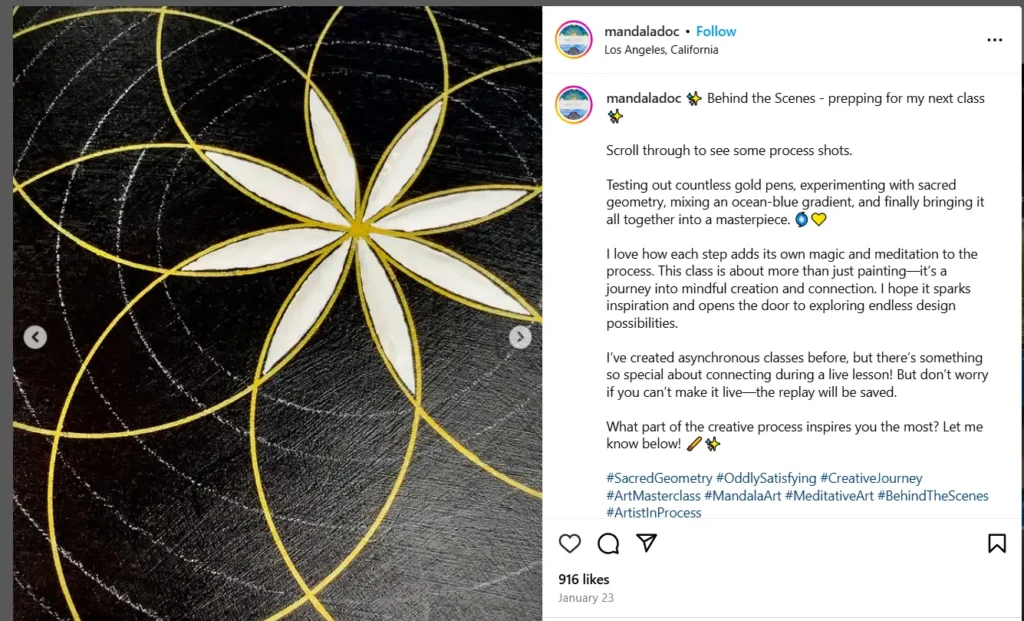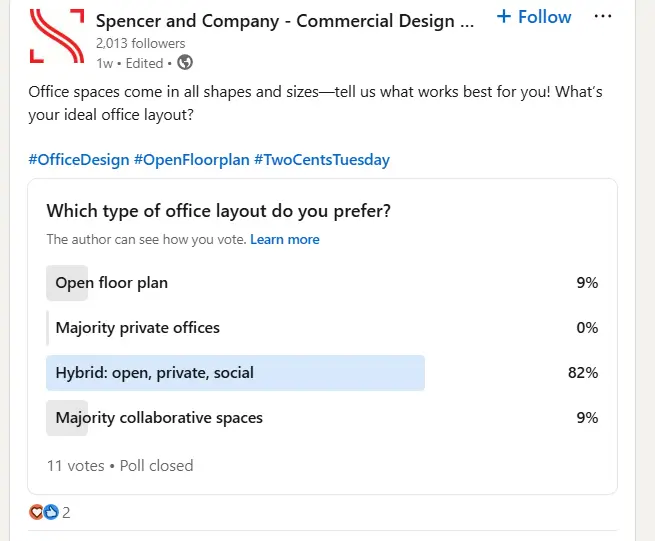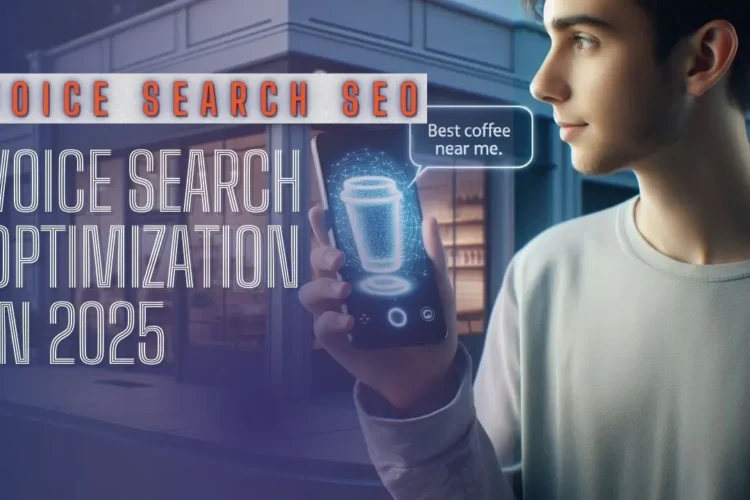
Running a business without social media today is like opening a store with no signboard. Whether you are a startup or an established small business, effective Social Media Management for Small Business can help build brand awareness, attract customers, and boost engagement. The best part? You don’t need a big budget to see results.
Social media success is not just about ads—it’s about smart strategies. This guide will walk you through budget-friendly marketing techniques, how to increase organic reach, and a list of the best free social media tools to simplify your efforts.
Getting Started: Choosing the Right Social Media Platforms

Top Platforms for Small Businesses
Choosing the right social media platform is key to effective social media management for small businesses. Each platform serves different audiences and business goals. Here’s an overview of the best options:
- Facebook – Ideal for local businesses, retail stores, and service-based industries. With diverse content formats and strong advertising capabilities, Facebook helps businesses engage with a broad audience and build a loyal customer base.
- Instagram – Best for fashion, beauty, food, and lifestyle brands. This visually-driven platform is great for showcasing products, influencer collaborations, and user-generated content.
- LinkedIn – A powerful platform for B2B companies, consultants, and professional services. LinkedIn is ideal for networking, lead generation, and establishing industry authority through thought leadership content.
- Twitter (X) – Suitable for news, media, and tech businesses. It’s excellent for real-time updates, customer service interactions, and engaging in trending conversations.
- YouTube – Perfect for businesses in education, fitness, and entertainment industries. Video content can significantly boost brand awareness, and tutorials, product demos, and vlogs work well here.
- Pinterest – A great platform for businesses in home decor, DIY, fashion, and food industries. It drives long-term organic reach, with high engagement on visually appealing content.
How to Pick the Right Platform?
Not all platforms will benefit every small business. The key is to analyze your audience, industry, and business goals. Here’s how to decide:
- Identify Your Target Audience – Research where your ideal customers spend the most time. If your audience is professionals, LinkedIn is a better choice than Instagram.
- Analyze Content Suitability – If your business relies heavily on visual appeal, such as fashion or home decor, platforms like Instagram and Pinterest will yield better engagement.
- Consider Your Industry – Service-based businesses might thrive on Facebook and LinkedIn, while e-commerce brands benefit from Instagram and Pinterest.
- Think About Resources & Content Creation – Video production requires more effort, making YouTube a long-term commitment, whereas Twitter is easier for quick updates.
- Test & Optimize – Start with 2-3 platforms and analyze performance over time. Focus on the ones bringing the best organic reach and engagement while being manageable within your budget.
Selecting the right social media platforms ensures a budget-friendly marketing approach and maximizes audience engagement while keeping efforts efficient.
Best Strategies for 2025 for Social Media Management for Small Business

Keeping up with trends is essential to staying ahead. Here are some fresh approaches to elevate your Social Media Management for Small Businesses in 2025:
1. AI-Powered Social Media Tools
Artificial Intelligence (AI) is revolutionizing social media management for small business by automating tasks and improving efficiency.
- Automate scheduling and content creation: AI-driven tools like ChatGPT, Canva AI, and Buffer help generate engaging posts, captions, and even hashtags, saving time and ensuring consistency.
💡 Example: A small bakery using AI-powered scheduling tools like Hootsuite can pre-plan posts featuring daily specials and automate customer responses, ensuring a consistent online presence without manual effort.
2. The Rise of Short-Form Video Content
Short-form videos are dominating social media, and small businesses must leverage them to increase engagement and reach.
- Boost visibility on high-engagement platforms: Instagram Reels, TikTok, and YouTube Shorts are known to favor short, engaging videos in their algorithms, helping brands maximize organic reach.
- Experiment with different formats: Educational tips, product demos, behind-the-scenes clips, and customer testimonials make for compelling content.
- Leverage trending audio and effects: Using popular sounds and effects can help your content appear on more users’ feeds, increasing exposure.
💡 Example: A home decor business could create short videos showing quick DIY hacks using their products, adding popular music to make content more relatable and shareable.
3. Community-Driven Marketing
Building an active and engaged community can strengthen brand loyalty and drive organic engagement.
- Create exclusive groups: Facebook and LinkedIn groups allow small businesses to interact with their customers, offer valuable insights, and foster discussions.
- Encourage user-generated content (UGC): Incentivize customers to share photos, testimonials, or creative ways they use your products/services with a branded hashtag.
- Engage with followers: Respond to comments, host Q&A sessions, and participate in trending discussions to establish an authentic brand voice.
💡 Example: A fitness coach could create a private Facebook group where members share progress photos, workout tips, and motivational content, turning customers into a tight-knit community.
The Ultimate List of Free Social Media Tools for Small Businesses
Spending money on tools isn’t always necessary. Here are free social media tools that make marketing easier:
| Tool Name | Purpose | Platform |
| Canva | Graphic design | Web, Mobile |
| Buffer | Post scheduling | Web |
| Hootsuite | Social monitoring | Web |
| ChatGPT | Content ideas | Web |
| Pexels, FreePik | Free stock images | Web |
The Social Media Success Blueprint for Small Businesses – With Budget-friendly marketing plan

A well-structured approach is key to making social media management for small business effective and result-driven. This 30-day blueprint ensures a strategic, budget-friendly marketing plan that maximizes organic reach while leveraging free social media tools.
To illustrate this, let’s consider a local bakery business implementing this plan.
Week 1: Set Up Your Profiles and Plan Content
A strong foundation is crucial for long-term social media success.
- Optimize Profiles: Ensure your business profiles on platforms like Instagram, Facebook, and TikTok include a clear bio, branded profile picture, and updated contact details.
- Develop a Content Calendar: Plan content for the next month using tools like Buffer or Hootsuite to maintain a consistent posting schedule.
- Align Content with Business Goals: For a bakery, this could mean featuring product showcases, baking tips, and promotions to attract local customers.
💡 Example: A bakery might post an introduction video, highlight their bestselling pastries, and announce weekly special offers to encourage engagement from day one.
Week 2: Engage with Followers and Post Interactive Content
Engagement builds brand trust and helps boost organic reach without relying on paid ads.
- Respond to Comments and Messages Promptly: Customers appreciate quick replies, so engaging in conversations strengthens relationships.
- Use Interactive Features: Polls, quizzes, and question stickers on Instagram Stories can encourage participation.
- Run a Small Giveaway: Asking users to tag friends and share a post in exchange for a free pastry or discount can help expand reach.
💡 Example: A bakery could run a poll asking followers to vote for the next flavor of the month or post a “This or That” challenge comparing different desserts.
Week 3: Experiment with Different Formats (Videos, Polls, Infographics)
Diversifying content keeps audiences engaged and increases the chances of visibility across platforms.
- Post Behind-the-Scenes Content: Show how products are made, introduce staff, or share morning bakery routines.
- Create Quick Tutorials: Short videos on Instagram Reels or TikTok demonstrating how to frost cupcakes or make a perfect latte can attract views.
- Use Carousels and Infographics: Educate your audience with step-by-step guides or interesting facts about ingredients.
💡 Example: A bakery could post a time-lapse video of a cake being decorated or a carousel explaining the difference between various types of bread.
Week 4: Analyze Results and Adjust Your Strategy
Tracking performance ensures continuous improvement and helps refine future strategies.
- Use Analytics Tools: Platforms like Meta Business Suite and Google Analytics can show engagement rates, top-performing posts, and audience demographics.
- Identify What Works Best: If videos perform better than static images, shift the focus toward more video content.
- Optimize Posting Times: Adjust posting schedules based on when followers are most active.
💡 Example: If the bakery notices their Reels get 3x more engagement than regular posts, they might decide to prioritize short-form video content moving forward.
Mastering Organic Reach for Long-Term Social Media Growth

While paid ads can accelerate growth, a strong organic reach strategy ensures sustainable engagement and long-term visibility for your social media management for small business. Here’s how you can maximize organic reach using budget-friendly marketing techniques and free social media tools.
1. Engage Consistently
- Respond to comments and messages within 24 hours.
- Create interactive posts (polls, Q&As, challenges).
2. Leverage Hashtags
- Use trending and niche hashtags to increase post visibility.
- Overstuffing posts with hashtags can appear spammy; instead, focus on relevant ones that align with your brand.
3. Collaborate with Micro-Influencers
- Partner with Local or Niche Influencers,they help introduce your brand to a targeted audience with genuine recommendations.
- Run a Collaborative Giveaway: Have the influencer promote your product in exchange for engagement-driven actions like tagging friends or sharing your post.
DIY vs. Hiring Social Media Experts: What’s Best?
Managing social media for small business can be time-consuming, but choosing between a DIY approach and hiring a budget-friendly social media expert depends on your business goals, resources, and expertise. While doing it yourself offers more control, partnering with a trusted digital marketing firm ensures professional strategies without breaking the bank.
1. DIY Approach: The Pros & Cons
If you’re just starting and have time to learn, managing social media yourself can be a budget-friendly marketing option. However, it requires consistent effort and knowledge of free social media tools to make an impact.
| Pros | Cons |
| Lower costs – Ideal for startups with a tight budget. | Time-consuming – Social media requires regular posting, engagement, and content creation. |
| Full control – You decide the brand voice, visuals, and strategies. | Steep learning curve – Understanding trends, hashtags, and analytics takes time. |
| Authenticity – Direct interaction with customers builds trust. | Limited scalability – Growth can be slow without expert strategies. |
2. Hiring a Budget-Friendly Social Media Expert
For businesses that want to scale faster, outsourcing social media management for small business to a professional team can provide better results with budget-friendly marketing solutions.
- Saves Time: Focus on your core business while experts handle content, engagement, and strategy.
- Professional Strategies: Get access to advanced tools, analytics, and proven methods to grow your brand effectively.
- Affordable Solutions for Small Businesses: Many trusted digital marketing firms (like us! 😊) offer customized social media plans tailored to small business budgets.
Making the Right Choice for Your Business
If you have the time and passion to learn, DIY social media can be a great start. However, for faster growth and professional insights, reaching out to a reliable digital marketing agency ensures a budget-friendly yet effective approach.
🚀 Want to take your social media to the next level without overspending? Let’s chat about how we can help! 😊
11 Pro Tips to Make Social Media Work for Small Businesses
Creating an effective social media management for small business strategy goes beyond just posting regularly. It requires smart tactics, engagement-driven content, and budget-friendly marketing techniques to maximize organic reach. Here are 11 expert-backed tips to help small businesses grow online efficiently.
1. Stick to a Consistent Posting Schedule
Consistency is key to staying visible. Posting at optimal times and maintaining a structured content calendar help build audience expectations and trust.
- Use scheduling tools like Buffer or Hootsuite to automate posts.
- Analyze engagement trends to determine the best posting frequency.
- Avoid long gaps between posts, as inactivity can reduce organic reach.
2. Use Storytelling to Make Posts Engaging
People connect with stories, not just products. Craft content that narrates experiences, customer journeys, or behind-the-scenes insights.
- Share success stories, customer testimonials, or “day-in-the-life” posts.
- Use storytelling formats like Instagram and Facebook Stories to create emotional connections.
- Highlight real challenges and how your business helps solve them.
3. Optimize Images and Videos for Mobile Users
Over 80% of social media users browse via mobile devices, making mobile-friendly content essential.
- Ensure images and videos are high-quality but compressed for fast loading.
- Use vertical video formats (9:16) for Instagram Reels, TikTok, and YouTube Shorts.
- Add subtitles to videos since many users watch on mute.
4. Follow the 80/20 Rule: Value vs. Promotion
A well-balanced content strategy ensures audience engagement without overwhelming them with sales pitches.
- 80% of your content should provide value—educational posts, industry insights, or entertaining content.
- 20% should be promotional, focusing on offers, product highlights, and lead generation.
- Example: A fitness studio might post workout tips, healthy recipes, and motivational quotes while promoting its classes occasionally.
5. Cross-Promote Content on Multiple Platforms
Maximize visibility by repurposing content across different platforms while tailoring it to each audience.
- Convert blog posts into LinkedIn articles or Instagram carousels.
- Turn customer reviews into Facebook posts or Instagram Stories.
- Share Twitter/X posts on LinkedIn to attract a professional audience.
6. Join Industry-Related Groups and Discussions

Engaging in niche-specific Facebook and LinkedIn groups helps build credibility and attract potential customers.
- Provide helpful insights rather than direct promotions.
- Answer common industry-related queries to establish authority.
- Monitor trending discussions and create content around them.
7. Repurpose Blog Posts into Carousels or Videos
Recycling long-form content into engaging visuals increases reach and saves time.
- Convert key points from a blog into a LinkedIn carousel or Instagram post.
- Use infographics to summarize complex data.
- Create short-form videos highlighting key blog takeaways.
8. Use Behind-the-Scenes Content to Humanize Your Brand
People relate to people, not faceless businesses. Showing your team and work process fosters trust.
- Share “Meet the Team” posts to introduce employees.
- Post office culture moments, work-in-progress projects, or product-making videos.
- Conduct Instagram or Facebook Live Q&A sessions.
9. Offer Exclusive Discounts to Followers
Rewarding your audience with social media-exclusive promotions keeps them engaged and loyal.
- Use Instagram Stories to share limited-time discount codes.
- Create referral-based offers where users share posts to unlock deals.
- Announce flash sales exclusively for your Facebook group members.
10. Use Interactive Stickers and Polls in Stories
Engagement-driven content boosts organic reach and strengthens audience interaction.
- Use polls, quizzes, and emoji sliders to encourage participation.
- Ask for customer preferences on upcoming product launches.
- Conduct “Ask Me Anything” (AMA) sessions to directly address audience questions.
11. Track Analytics and Refine Strategies Based on Performance
Data-driven decisions improve engagement and ROI on social media efforts.
- Use Google Analytics to track website traffic from social media.
- Leverage Meta Business Suite and Hootsuite Analytics to measure engagement.
- Regularly test different content formats and posting times to optimize results.
🚀 Implementing these expert tips will help small businesses build an impactful, cost-effective, and scalable social media presence!
Frequently Asked Questions
What is the best social media management strategy for a small business?
A mix of budget-friendly marketing, engaging content, and consistency is key. Focus on platforms where your audience is active and use free social media tools to simplify tasks.
How can I increase my organic reach for free?
Engage with followers, use trending hashtags, post high-quality content consistently, and collaborate with micro-influencers.
Which free social media tools are best in 2025?
Tools like Canva, Buffer, Hootsuite, and ChatGPT help with content creation, scheduling, and engagement without any cost.
Comment (1)
Comments are closed.








Future Of Social Media Marketing In India: Key Trends & Strategies For 2025 Moonlight Digital Services LLP
May 13, 2025[…] is a real-time snapshot of the current state of social media marketing in India and how these indicators suggest future […]